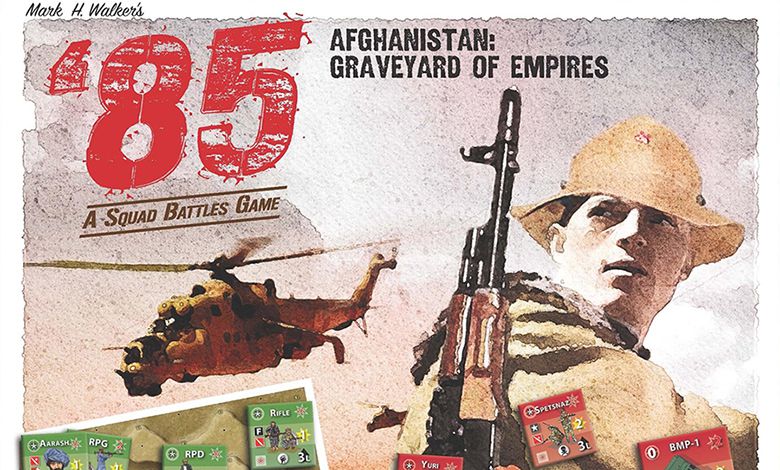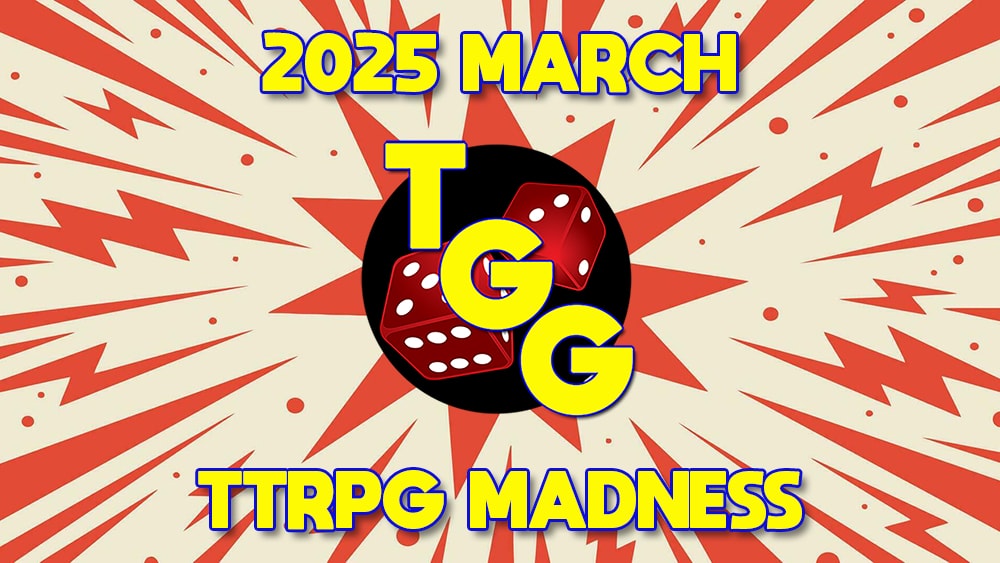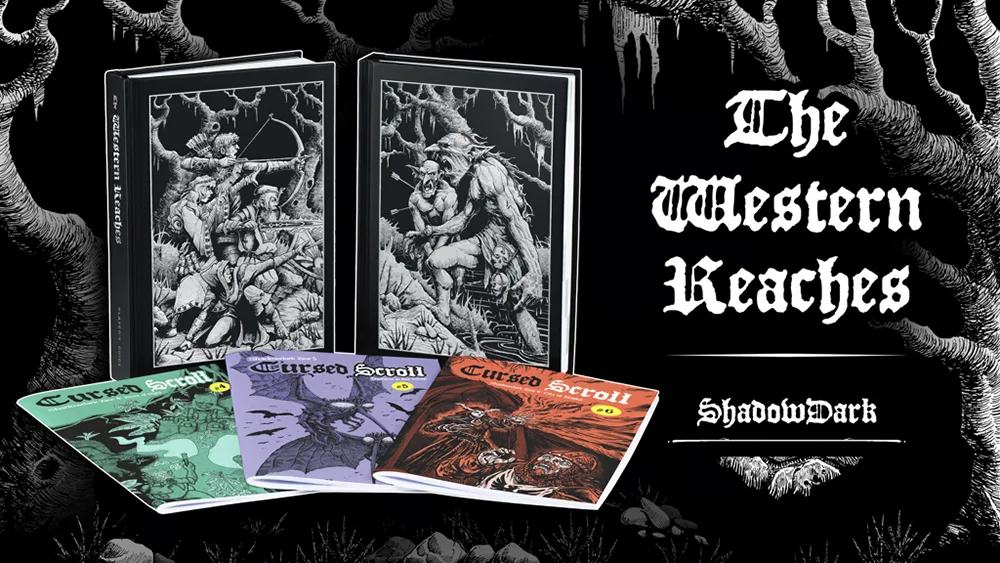Mark Walker of Lock ‘n Load Games shared this first impression he received regarding the new title Warparty which is coming soon…
First Encounter
By Norm Lunde
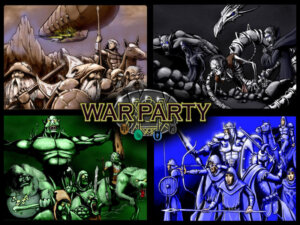
The world of Warparty is divided among four rival factions. The Humans and Dwarves are allied on the side of Good; they are opposed by Goblins and the Undead in an Axis of Evil. As fate (or the game designer) would have it, each faction finds its capital city located in one corner of the map, diagonally opposite to the corner of its ally—and thus with enemies on each side. Barriers such as rivers, mountain ranges and deep forests form the natural borders between kingdoms. There are bridges, passes and other key terrain features to contend for. The map is further divided into sections, or provinces, which may be occupied and annexed by any of the warring kingdoms. As the game progresses, the players expand their zones of control, province by province, until their advancing armies collide. That’s when the action really begins.
Controlling real estate is essential to victory in Warparty. Each province generates revenue for the occupying player on every turn—money that can be used to purchase combat units, build cities or develop new weapons. Some locations generate more revenue than others, especially the zones near the center of the board. Naturally, those areas are the most heavily contested. Some areas are more valuable to one faction than another; for example, only Dwarves can mine the riches of the imposing mountain ranges. Likewise, some factions can move without penalty through their preferred terrain, like Goblins in the forest. Moreover, Goblins and Dwarves can only build strongholds in forests or mountains, respectively, whereas the Undead and Humans must build their cities on the open plains. The most critical locations are the capital cities. The first player to conquer an opponent’s capital wins the game.
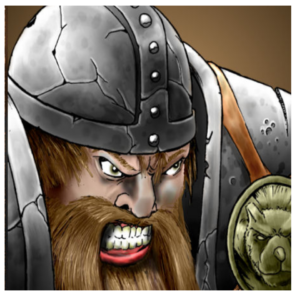
Warparty offers a great variety of unit types to purchase, ranging from basic infantry to archers, cavalry, siege weapons and more exotic things. Each faction has its own flavor units. The Goblins can deploy Orcs, Ogres and much nastier things. The Undead include skeleton warriors and flying vampires in their ranks. The Dwarves are masters of technology, with the potential to develop muskets and cannon in addition to their basic axes and crossbows. Some factions have excellent cavalry, while others can build chariots to transport their heavy infantry. The more powerful units, like the Goblins’ Troll Giant or the Undead’s Bone Dragon, require several turns of preparation (and lots of gold) to conjure up—but once summoned, they are almost unstoppable.
In addition to the generic units, each side can recruit up to three heroes. The heroes are powerful assets, generally more deadly on the attack than ordinary units and able to survive multiple hits in battle. Heroes accumulate experience points (XPs) with each victory, which allows them to level up and become even more powerful. Some heroes are magic users (wizards and priests for the Humans; warlocks and shamans for the Goblins) and can cast spells. Only heroes can enter the dungeon locations scattered around the map. There, they may battle monsters and recover treasure. (In our game, my Goblin warrior hero encountered a deadly giant spider and just barely managed to defeat her. For his troubles, he was awarded a lucky amulet that allowed him to re-roll a critical save later on.) Heroes are mighty, but they must be used with care. If killed in battle, a hero cannot be recruited again—although he just might be resurrected by another hero who knows the right spell.
Tactical battles in Warparty are like a game within the game. Once a player commits his troops to battle by advancing them into enemy territory, the opposing forces are lined up and combat begins. Warparty uses a rank system reminiscent of medieval combat. Infantry units occupy the front rank, while units with ranged attacks (archers and musketeers) occupy the second. Wizards and priests are usually found in the third rank. A die is rolled for each attacking unit, with success or failure determined by the attacking unit’s strength and any relevant modifiers. Each unit that takes a hit may roll to save itself. All units in the front rank must be eliminated before any hits are assigned to the second rank, and so on. For optimal results, the right mix of tough front-line soldiers, ranged firepower, and magical support is required. Combat continues, round after round, until one side chooses to retreat — or is annihilated.
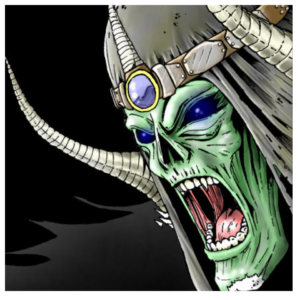
In the later turns, when most of the provinces on the map are occupied and generating revenue, an inflation mechanic kicks in. Suddenly, it costs twice as much to purchase new units. Later on, the prices double again. This tends to halt the arms race and motivate players to get on with the game. At the same time, it makes losses much more expensive to replace.
With so much going on at once, you might expect that bookkeeping—revenue, experience points, zones of control, unit statistics—would become a burden. Not so. A well-designed set of player aids, including tracks for current revenue levels and XPs, keep the game play easy and intuitive. A full four-player game, with one expert and three neophytes, took only about two hours to complete.
The best games are easy to learn, yet rich in strategic possibilities to explore. Warparty certainly has those characteristics. I am eager to get my own copy so I can continue the adventure.






